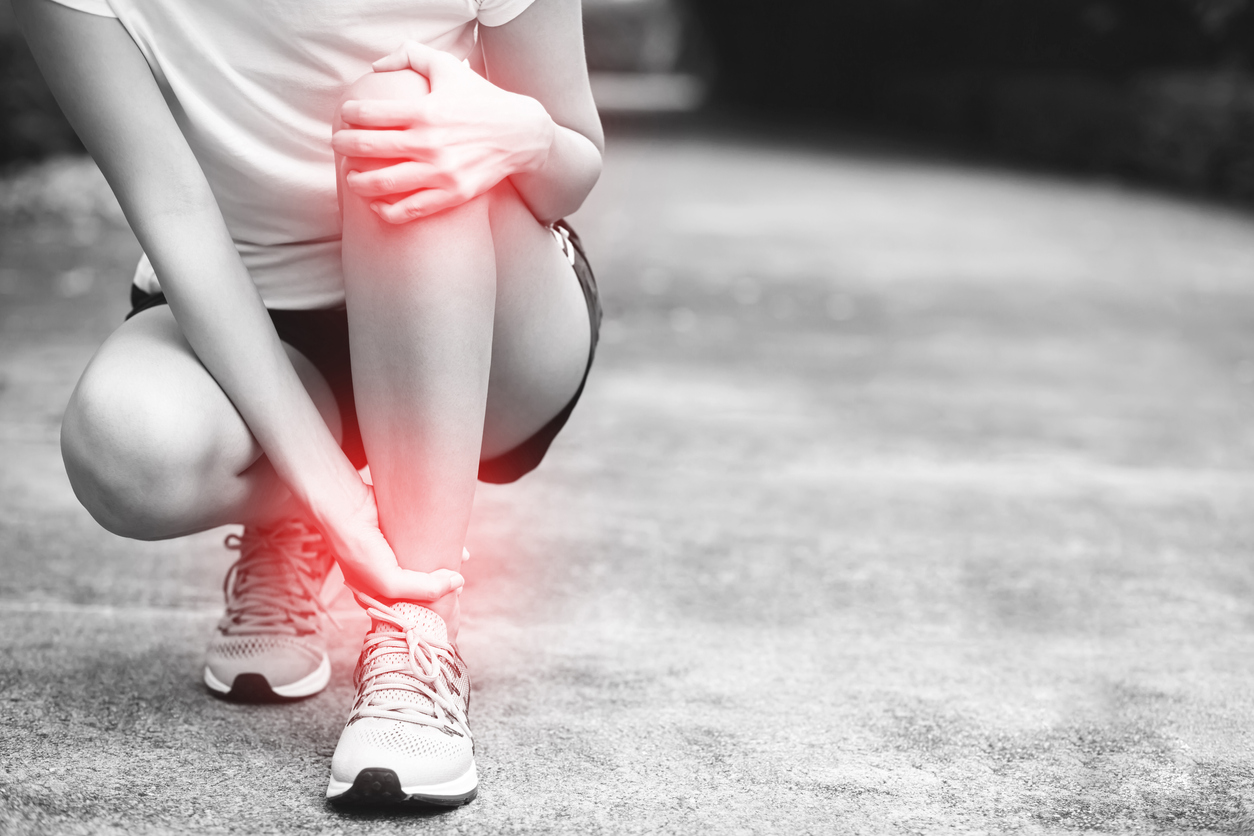Pain
Sprains vs. Strains

The terms sprain and strain are often used interchangeably and frequently confused. They involve similar symptoms and causes; however, they each possess specific definitions. A sprain is a stretch or tear of a ligament: a strain is a stretch or tear of a muscle or tendon.
Sprains
A sprain results when a ligament is stretched or torn. A ligament is a band of tissue connecting bones in a joint. Although a sprain can occur at any joint, the most common are ankles, knees and wrists. Sprains typically result from twists and falls, rolling the ankle, or receiving a hit that forces the body out of its normal position.
Symptoms of sprains include, but are not limited to, the following:
- Bruising
- Pain at affected joints
- Swelling
- Limited flexibility
- Decreased range of motion
- Instability of joint
- Inability to bear weight if injury occurs to knee or ankle
Risk factors for sprains include the following:
- Having a history of sprains
- Poor physical condition or being overweight
- Muscle fatigue
- Participating in physical activity on uneven surfaces
Strains
A strain results when a muscle or tendon is stretched or torn. Tendons consist of tissue cords that connect the muscle to the bone. The most common locations for strains are the hamstring, calf, abdomen, biceps, and lower back. Strains often occur as a result of overuse, repetitive motions, lack of flexibility, or not stretching prior to physical activity.
Symptoms of strains include, but are not limited to, the following:
- Muscle spasm
- Pain or tenderness
- Swelling
- Limited Flexibility
- Decreased range of motion
- Muscle weakness
Risk factors for developing strains include the following:
- Participating in contact sports
- Lack of flexibility
- Improperly using equipment
Treatment for sprain or strain
The treatment for mild sprains and strains is the same. The technique involves the acronym PRICE and includes the following:
- P—Protection. Immobilize the injured area to protect it from further damage.
- R—Rest. The affected joint or muscle should not be used for 24 to 48 hours.
- I—Ice. Apply ice for ten minutes several times each day for the first two to three days to reduce pain and inflammation.
- C—Compression. Wrap the affected area with bandages or compression sleeves to reduce swelling. Remain cautious not to wrap the area too tight.
- E—Elevation. Raise the affected area to or above the heart to reduce swelling. If the area cannot be elevated, keep it parallel to the ground.




